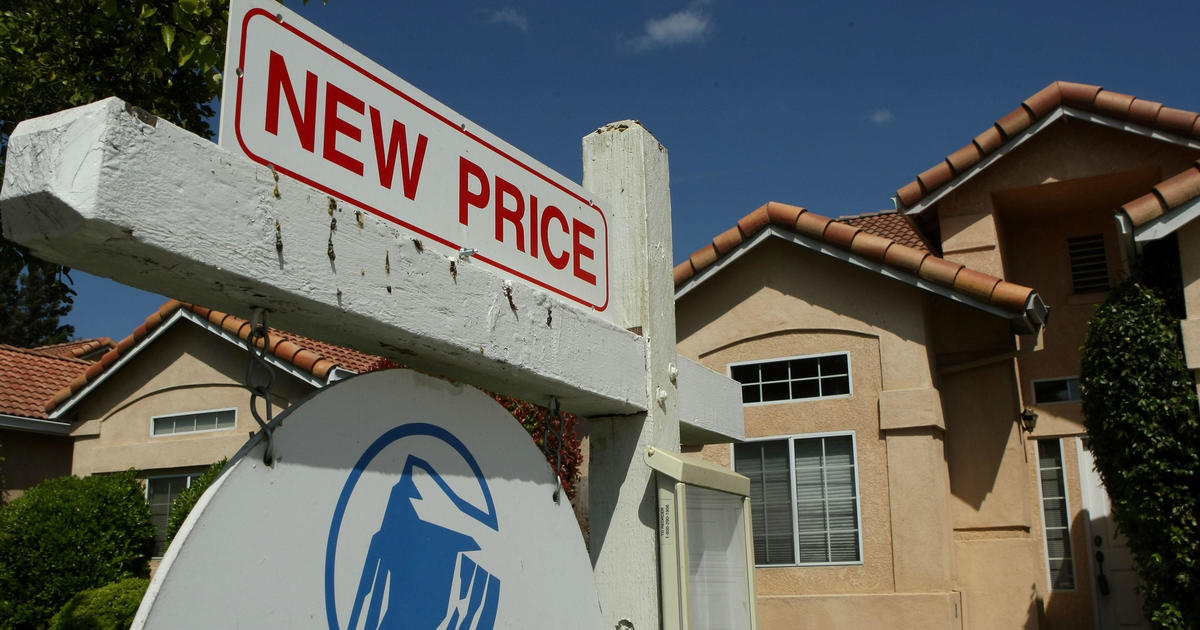How to find the best mortgage refinance rates
There's no doubt that mortgage rates today are higher than they were at the start of the COVID-19 pandemic.
The average rate on a 30-year fixed-rate mortgage is now hovering around 6.73%, according to Freddie Mac. That said, rates aren't so high that it's not worth refinancing. In fact, many homeowners may still benefit from acting now.
There are several reasons to refinance your mortgage, including the chance to lower your interest rate, shorten your loan term, get rid of PMI, change from an adjustable rate to a fixed rate and more.
Are you considering a mortgage refinance? Start exploring interest rates and eligibility here to see how much you could be saving or use the table below now.
How to find the best mortgage refinance rates
You may think interest rates are out of your control, but that's not entirely true. There are several ways you can improve your chances of getting a lower rate.
If you're looking to refinance your home loan you will essentially replace your current mortgage with a new mortgage. You can use your existing mortgage lender or switch to a new one, whichever provides you with a better deal (lower rates, fees, etc.).
Here's how you can get the best rates:
- Scan your credit report for errors: There's reportedly been a major spike in complaints about credit report inaccuracies filed with the Consumer Financial Protection Bureau this year. So, make sure you get a free credit report and review it carefully to identify any potential red flags (incorrect personal information on credit reports, inaccurate payments, issues related to identity theft, outstanding debts, etc.).
- Improve your credit score: Similar to your credit report, you'll also want to check your credit score. The best interest rates typically go to people with credit scores that are in the mid-700s and up, according to the Consumer Financial Protection Bureau (CFPB). If your score is below that, follow these steps to improve it quickly.
- Opt for a short-term loan: Short-term loans usually have lower interest rates. If you can afford a higher monthly mortgage bill, then a shorter loan (think 15 years) may be a good move. "But a lot depends on the specifics – exactly how much lower the interest costs and how much higher the monthly payments could be depends on which loan terms you're looking at as well as the interest rate," the CFPB notes.
- Check mortgage rates regularly: It's no secret that current interest rates affect offers from lenders. So, make sure you routinely scan Freddie Mac's website for their weekly reports on interest rates to see if they've declined. And get ready to make a move when they do.
- Get quotes from three or more lenders: When it comes to mortgage refi rates, it pays to shop around. Keep track of all of the quotes you receive so you can keep the lower numbers in your back pocket as a bargaining tool if you prefer one lender over another. You could potentially save thousands of dollars by comparing three or more lenders (make sure to compare fees, too). You can use the table below to start shopping around.
How to refinance your mortgage
Refinancing your mortgage is not as complicated as some may think (here's everything you need to know).
You'll need to go through a similar underwriting process as when you first bought your home. Here's a brief step-by-step process you'll likely follow before completing your refinance.
- Crunch the numbers and determine how much you could potentially save over the life of your loan (use a mortgage refinance calculator).
- Get your paperwork (ID, tax paperwork, financial statements, etc.) ready and have a full understanding of your credit score and history.
- Figure out how much home equity you have.
- Shop around and compare lenders, rates, offers and fees. Speak to several lenders before landing on one. Be prepared to negotiate prices and make sure to read the fine print.
- Submit your applications and get approved.
- Pick your desired loan terms and repayment options.
- Lock in your interest rate once you're approved, so it doesn't change before you officially close.
- Get a home appraisal, which can help estimate the current value of your home.
- Close on the refinance loan (sign all of the documents after reviewing all of the final numbers) and pay any necessary closing costs.
Again, make sure you calculate your potential savings with a mortgage refinance before proceeding.




